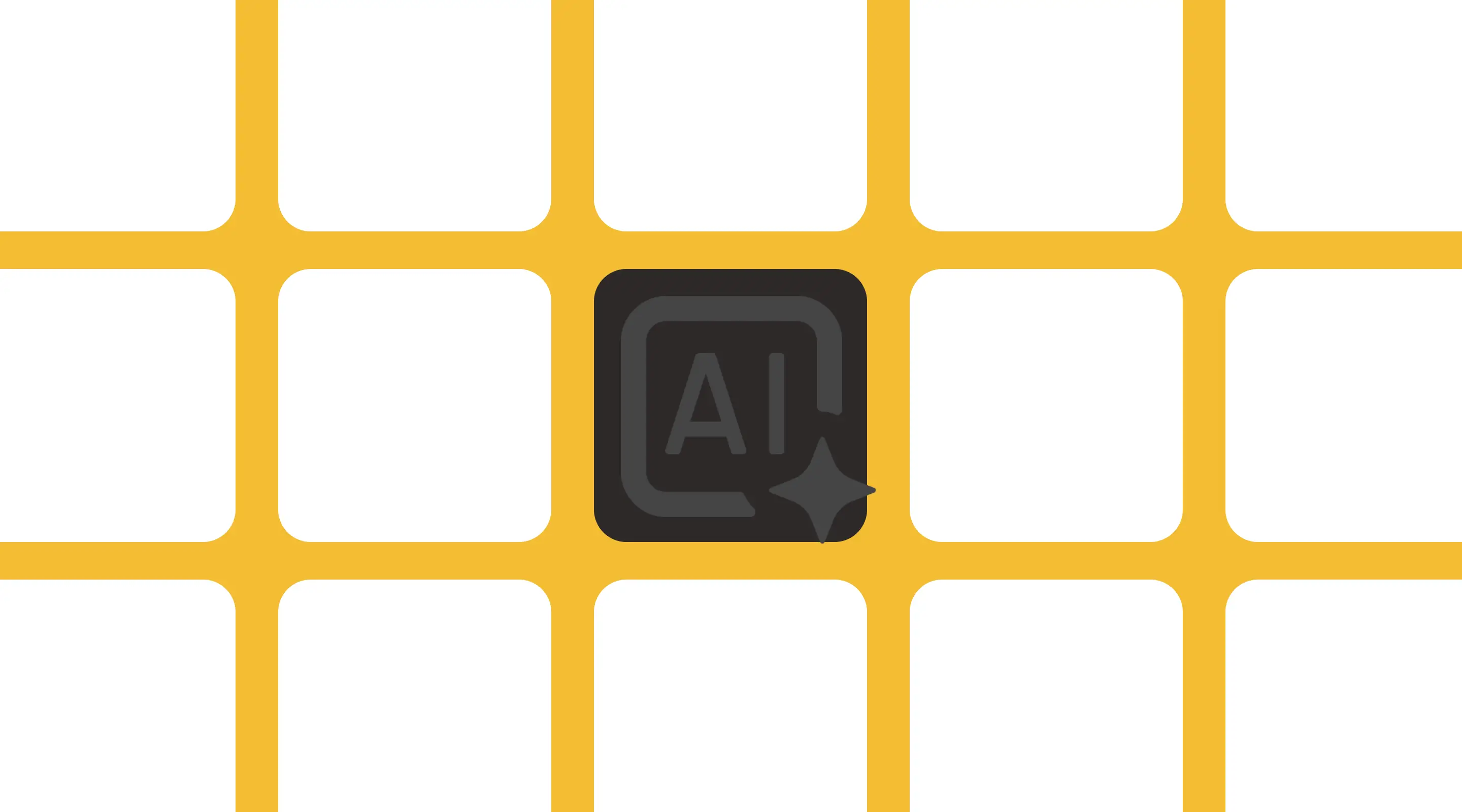Steps To Designing A Website
Discover the latest steps to designing a website in 2025 using Webflow, Figma, and modern UX principles. A must-read for designers and agencies in Singapore.

Website design is no longer a linear or tool-constrained process. With evolving user expectations, AI-powered design tools, and no-code development platforms like Webflow, the design landscape in Singapore and beyond is more powerful — and more demanding — than ever.
In this guide, we’ll break down the updated steps to designing a website, tailored for startups, MNCs, and agencies looking to elevate their digital presence.

1. Define Clear Website Goals and Success Metrics
Before diving into tools or wireframes, align your team and stakeholders on the website's objectives
- Lead generation or conversions?
- Brand awareness or storytelling?
- SEO visibility or thought leadership?
- Community engagement or product showcase?
Map KPIs like bounce rate, conversion rate, or average session duration to each goal. In Singapore, many SMEs skip this step leading to websites that look great but don't perform.
Tip: Use tools like Notion or FigJam for collaborative goal mapping.
2. Conduct UX Research and Competitor Analysis
Start with user research
- Interviews with target users
- Heatmaps and analytics reviews (Hotjar, Google Analytics 4)
- UX surveys for existing platforms
Then explore competitors in your niche. If you're a fintech startup, analyse players like Endowus, Stashaway, or BigFundr. What UX patterns do they follow? What differentiates your offer?
Use this insight to craft user personas and journey maps.
3. Build Wireframes with AI and UX in mind
in 2025, tools like Relume and Figma's AI plugin have become indispensable for wireframing.
Start designing your website with low-fidelity wireframes
- Homepage
- Navigation/Sidebar
- Service/Product Pages
- Conversion points (CTAs or lead forms)
Best Practices:
- Follow modern web design best practices like visual hierarchy, accessible colour contrast, and mobile-first layout
- Always test wireframes with 2-3 stakeholders before high-fidelity mockups
4. Move to High-Fidelity Design in Figma
Now that the wireframes are locked, convert them into full Figma mockups
- Include brand typography (see our article on Best Google Fonts 2024)
- Use auto-layout and component libraries
- Annotate design for interactivity, animation and responsiveness
Today in Singapore, high-fidelity mockups are often shown to clients before development begins. This reduces guesswork and scope creep.
5. Develop the Website in Webflow
This is where visual design meets actual code — minus the code. Webflow remains the top choice for development due to:
- Pixel-perfect Figma-to-Webflow translation
- SEO-friendliness
- CMS flexibility
- Built-in animations
Read our article on Webflow pricing if you're planning to use Webflow on your own. If you're planning to hire an agency like us, you can view our detailed breakdown on Website Design Pricing in Singapore.
6. Implement Webflow Maintenance and SEO Hygiene
Launching is only half the job.
Post-launch essentials include:
- SEO meta titles and descriptions
- Sitemap and robots.txt updates
- Ongoing performance monitoring (Core Web Vitals)
- CMS training for client teams
- Regular backups and plugins/security monitoring
If you don't have an internal team, our website maintenance packages might just work for you.
7. Optimise for Conversions (CRO)
After going live, use tools like:
- Optimizely or Webflow Optimize
- Hotjar or Microsoft Clarity
Do your website review:
- Button placements
- Copy clarity
- Page load speed
- Mobile tap targets
Conversion-focused UX design is a core part of all our engagements at ALF Design Group.
8. Gather feedback and Plan Iterations
Design is never truly done. Schedule feedback loops at:
- Week 1 (Just to check if Google are indexing your website)
- Month 1 (First milestone check-in)
- Quarterly (design or feature audits)
These inform future iterations and identify opportunities for micro-improvements.
Final Thoughts: Designing a Website Means Designing for Longevity
From AI-assisted wireframes to Webflow-driven development, the modern web design process is lean, intelligent, and focused on performance. Whether you're a solo founder, startup, or agency partner, following these steps helps reduce friction and deliver lasting value.
Need help launching your next site? We offer full-stack Webflow Design and Webflow Maintenance plans tailored for Singapore businesses.
{{build-better-experience="/directory"}}
Related Articles

Improve Website Accessibility Without Compromising Design
An in-depth guide to accessible web design that blends form, function, and compliance.

How To Optimise Your Website for AI Search
Step-by-step guide to optimising your website for AI-powered search and future-proofing your SEO.

Semantic SEO Explained: How to Write for AI Algorithms
Learn actionable ways to make your website smarter, faster, and more visible in the AI-driven search era.
Launch Your Next Website.
Ready to elevate your online presence with a trusted web design agency in Singapore?

